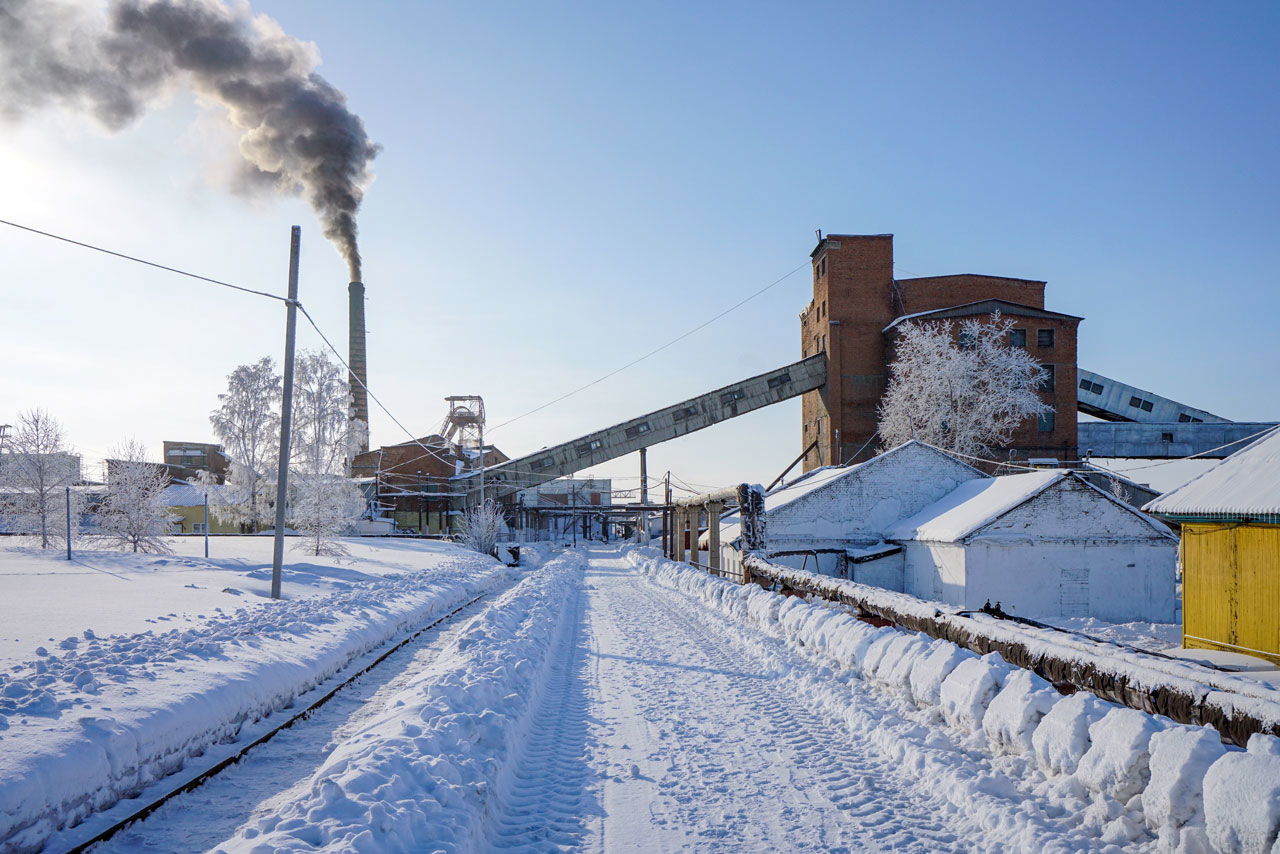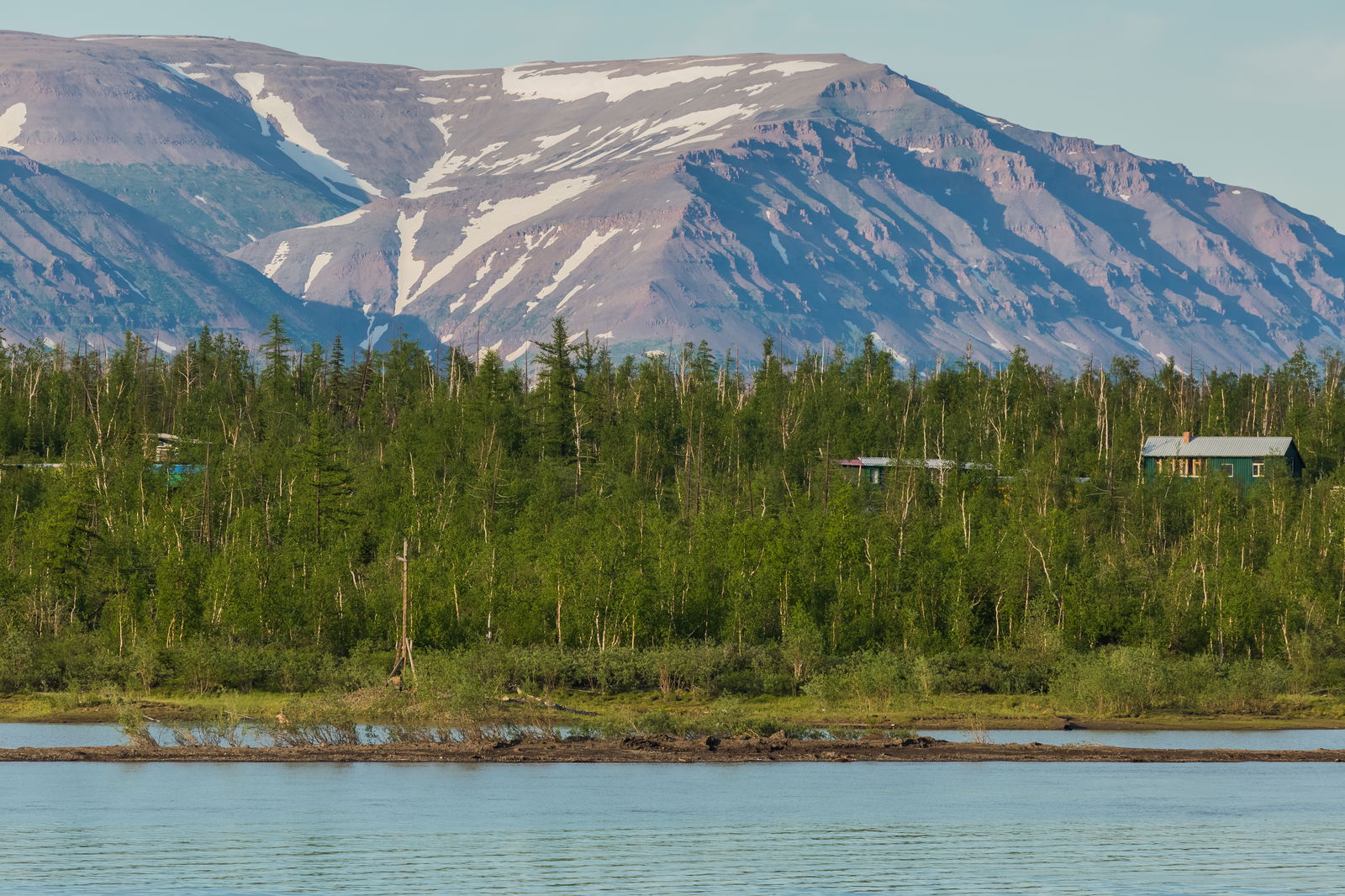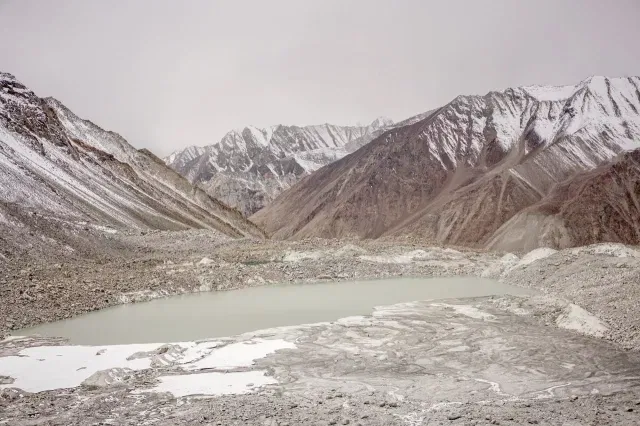Six ends of the world: What is the threat to the earth from modern extinction
 Unsplash
Unsplash Unsplash
Unsplash· 11 min read
Since 1850, that is, since the beginning of the industrialization era, the average temperature on Earth has increased by 1.1 °C. Scientists believe that there is too little time left to stop this process until the heating has exceeded 1.5 °C — this is the point of no return, after which it will be impossible to “cool down” the planet, and natural disasters will be more terrible the more the planet heats up. An increase in temperature by another 0.4 °C is the most optimistic scenario. The pessimistic scenario assumes an increase in temperature by 3.6 °C since 1850.
Human civilization, the development of nature, urban development, deforestation, the reduction of protected and untouched territories, the pollution of soils and water bodies, irrational use of natural resources, and much more have already led to a significant reduction in biodiversity on Earth. For example, Brazil, a country with the widest diversity of animal and plant species, has already faced the risk of extinction of more than 10 thousand species of plants and animals due to the deforestation of the Amazon forests. On a global scale, approximately one million species of living beings are under threat due to human activity.
Deforestation leads to the accumulation of carbon dioxide and increases the greenhouse effect. Global warming has already reduced the habitat of polar bears, and by 2050, ⅔ of the population of these animals may disappear.
The greenhouse effect created favorable conditions for the life and reproduction of the Batrachochytrium dendrobatidis fungus. Over thirty years, it has spread across the planet at a speed impossible for microorganisms in natural conditions. Scientists argue about where exactly it began its journey. However, no one doubts that such rapid development of new spaces is due to human activity. Experts suggest that the international trade in reptiles has contributed to the spread of the fungus. Because of it, several species of amphibians have already become extinct, and the general population of frogs, toads, newts, salamanders, and others continues to decline. This upsets the natural balance and can lead to an explosive increase in the number of insects, including mosquitoes that carry malaria, dengue fever, yellow fever, and other diseases.
The history of life on Earth consists of the birth and death of millions of species of living creatures. It is very difficult to name the exact number of mass extinctions, but they usually talk about the “big five”, which will be discussed below.
Sharp and massive reductions in biodiversity on Earth have occurred for natural reasons. The planet evolved, tectonic plates shifted, the climate changed, cosmic bodies bombarded the planet, the composition of the atmosphere changed, etc. But only the modern, “sixth extinction” (also called Holocene or Anthropocene) was provoked by the conscious activity of just one species — humans.
Although “extinction” is perceived as something bad, there is a natural “background extinction”. Species of living beings disappear as the environment gradually changes, local cataclysms occur, better-adapted competitors appear, food supply is depleted, and inbreeding occurs. For example, the ancestors of humans or competing species disappeared: most likely, the Neanderthals were displaced by the arriving Homo sapiens.

Dinosaur skeleton at the Royal Tyrrell Museum of Paleontology
There may be several reasons for the mass extinction. An unexpected catastrophe led to the disappearance of dinosaurs. The overwhelming majority of scientists agree that this happened due to a collision with a giant meteorite. Another example of a catastrophe could be volcanic activity. A sharp change in environmental conditions — emissions of gases and ash, acid rain, prolonged solar starvation — can lead to the death of established biological communities. Animals can migrate from unfavorable areas and provoke competition with other species occupying the same ecological niche.
The appearance of alien species, for example, predators, can upset the balance if their potential victims do not have some kind of protective adaptations that make them difficult prey. Not meeting resistance from either competitors or victims, predators will displace both. But after they have bred during the “harvest season,” their population will decline sharply as the food supply is depleted. This fate may befall not only predators. Plants may take the place of the victim, and herbivores will destroy the food supply.
Extinction, especially of endemic species — that is, species characteristic only of a specific area — can be caused by a limited range. Inbreeding can reduce genetic diversity within a species, and this will have a detrimental effect on its fate.
And finally, the most recent cause of extinction is man and his activities — hunting, reduction of natural habitats of numerous species due to construction of roads, cities, development of agriculture and industry, global warming, which leads to melting of glaciers, uncontrolled fishing, environmental pollution, creation of testing grounds for weapons, conducting large-scale military exercises, dumping garbage, etc.

One of the coal mines in the city of Polysevo, Kuzbass
All causes of extinction are closely interconnected and can trigger each other. In particular, this is why it is so difficult for scientists to single out one specific key cause for each of the past extinctions: it starts a chain reaction. And in the event of a catastrophe, the impact of existing unfavorable factors can be amplified many times over.
The oxygen catastrophe is not one of the “big five” extinctions, but it is the earliest event of biodiversity loss on the planet. Due to the scarcity of material sources for its study (at that time, the Earth was inhabited by single-celled organisms that left only indirect evidence of themselves), very little is known about it. This event occurred approximately 2.4–2 billion years ago and is associated with the saturation of the Earth’s atmosphere with molecular oxygen (O2). It is believed that it was produced by cyanobacteria. The change in the chemical composition of the atmosphere led to the death of a significant number of species of anaerobic (i.e., those that obtain energy in the absence of oxygen) bacteria.
However, anaerobic life forms, including bacteria, are still alive today. For example, botulinum clostridium (Clostridium botulinum) is widely known for the toxin it produces. Botulinum toxin or “botox” is a very strong organic poison, but it is used in cosmetology in extremely small doses.

Botulinum toxin or Botox, one of the strongest poisons
Other anaerobic organisms living on a planet with an oxygen-rich atmosphere include, for example, parasitic helminth worms, some types of fungi (for example, rumen and intestinal fungi of herbivores), plants, and algae.
The first mass extinction of the “big five” is considered to be the Ordovician-Silurian. It took place in two stages with an interval of approximately 1 million years, approximately 440–450 million years ago. It is believed that one of its causes was another, and especially destructive, and quite strong ice age, since the level of the world’s oceans was relatively low. There are suggestions that the cooling was caused by the Earth falling into a cloud of cosmic dust formed as a result of the destruction of a large (about 150 km in diameter) asteroid. During the second stage of the Ordovician–Silurian extinction, the oxygen content of the world’s oceans probably dropped to almost zero. Since all known life lived in the seas and oceans, this led to the death of about 85% of animal species.
All numerical estimates of mass extinctions are approximate. No matter how devastating the number of species losses may seem for biodiversity, we must remember that we cannot state the knowledge of the entire breadth of species diversity of flora and fauna, especially single-celled organisms.
The Devonian extinction led to the loss of about 75% of species of living beings. The event began about 374 million years ago and continued with varying intensity for about 20–25 million years. Scientists identify 8 to 10 stages in this process, of which the most destructive are two: the “Kellwasser event” that opened the Devonian extinction and the “Hangenberg event” that ended it, lying on the boundary of the Devonian and Carboniferous periods.
The causes of the Devonian extinction are not exactly known — we can only state a change in environmental conditions. There is evidence of anoxia in the waters of the World Ocean and its glaciation by the end of the extinction event.
The third extinction — the Permian — is the most massive in the geological history of the Earth. By the way, the geological Permian period, after which the extinction event is named, was named by the British geologist Roderick Murchison in honor of the Perm province, where he previously found unknown geological formations.
The exact causes of the extinction are unknown. Both catastrophes (collision with an asteroid, methane emission from the seabed, change of poles) and gradual changes in the environment (release of methane as a product of archaea, gradual increase in temperature and climate dryness, change in the composition of the atmosphere, in particular, anoxia, reduction of the oxygen content) are considered.

Fossilized trilobite
The most likely cause is considered to be the eruption of the Siberian Traps approximately 251 million years ago. Traps are a special type of continental igneous eruption. Huge volumes of molten basalt pour onto the surface in a relatively short (from a geological point of view) time and form staircase-like (hence the name) formations. The largest trap provinces in the world are the Icelandic (second) and Siberian (largest), which stretches from the Urals in the west to the East Siberian Mountains in the east (approximately to Yakutsk) and approximately from the latitude of Novosibirsk to the coast of the Arctic Ocean.

The stepped geological formations of the Putorana Plateau are evidence of the outpouring of colossal volumes of magma. Krasnoyarsk Krai, Russia
Such colossal volcanic activity could have triggered a volcanic winter, a greenhouse effect, and other changes that had a devastating impact on the biosphere. For comparison, 1816, the “year without a summer,” was triggered by the eruption, albeit one of the largest in recorded history, of just one volcano, Tambora in Indonesia in 1815. The Permian extinction was fatal for 96% of marine species, 73% of terrestrial vertebrate species, and 83% of insect species. It is believed that it took 4-10 to 30 million years for biodiversity to recover from the Permian extinction.
The Triassic–Jurassic extinction vacated ecological niches that were later occupied by dinosaurs. This event occurred 201.3 million years ago and led to the disappearance of 76% of species. But there is still no hypothesis that would answer all the questions about the causes of the extinction.
Volcanic activity and carbon dioxide emissions are named among the main culprits. The extinction could have been influenced by asteroid collisions. Although no impact crater has been found that matches the chronology of the extinction, the biosphere could have gradually degraded due to earlier collisions. There is a hypothesis that carbon dioxide and sulfur dioxide emissions due to volcanic activity in the Central Atlantic Magmatic Province played a key role in this extinction.
The last and perhaps most famous extinction is the Cretaceous-Paleogene, which occurred 66 million years ago as a result of an asteroid impact and continued for about 30 thousand years after the catastrophe. This extinction marked the end of the dinosaur era and brought mammals to the forefront of large animals. The dinosaurs did not disappear without a trace: some of their descendants are birds. About one-sixth of all species died out 66 million years ago, but the megafauna suffered the most: almost no animal heavier than 25 kg (with rare exceptions in the form of the ancestors of sea turtles and crocodiles) survived.
The Holocene (the name of the current geological stage) or Anthropocene mass extinction, which began about 500 years ago, is exclusively the result of human activity. The current rate of extinction is estimated to be 100 and even 1000 times higher than the natural background rate. The mass extinction affects many orders and species of flora and fauna: mammals, birds, amphibians, reptiles, fish, and invertebrates. It is assumed that anthropogenic impact on the environment, habitat degradation, and the extinction of many species of macroscopic fauna have led to the undocumented disappearance of many species of bacteria, archaea, and protozoa that were simply unknown to science.
From an ecological point of view, humans are an unprecedented global superpredator. They not only compete with other large predators, but also systematically hunt and exterminate them. And this affects food chains everywhere. The first victims of the sixth extinction fell precisely because of hunting. Recently, the priority has shifted towards the violation of natural habitats — drainage of swamps, deforestation, pollution of the world’s oceans, extraction and use of natural resources, construction and expansion of cities and transport routes due to human settlement over vast territories.
A 2021 study showed that only 3% of the Earth’s surface can be considered untouched by humans: healthy populations of native animal species are preserved there. Such areas may include, for example, highlands.

Karakoram Mountains, Ladakh, India 2017
The 2019 Global Assessment Report on Biodiversity and Ecosystem Services stated that about 1 million species of living beings are threatened with complete extinction as a result of human activity. And every year, the adjusted information on the rate of biodiversity loss reports that earlier estimates were more optimistic. Scientists insist that the situation is getting worse and worse — about 30% of species are at risk of extinction.
illuminem Voices is a democratic space presenting the thoughts and opinions of leading Sustainability & Energy writers, their opinions do not necessarily represent those of illuminem.
illuminem briefings

Climate Change · Insurance
illuminem briefings

Labor Rights · Climate Change
Steven W. Pearce

Adaptation · Mitigation
The Jerusalem Post

Biodiversity · Climate Change
earth.com

Climate Change · Effects
rfi

Climate Change · Art